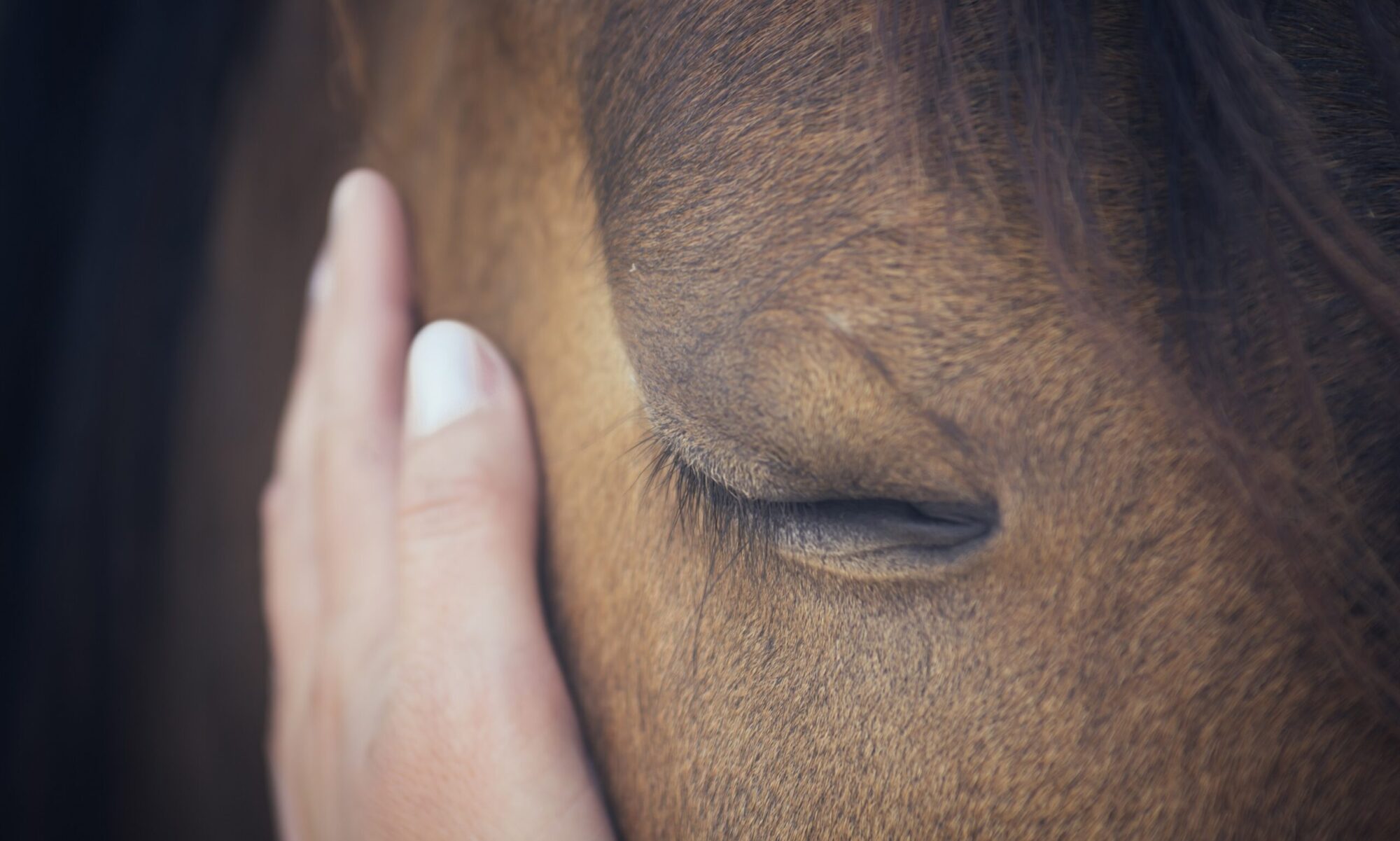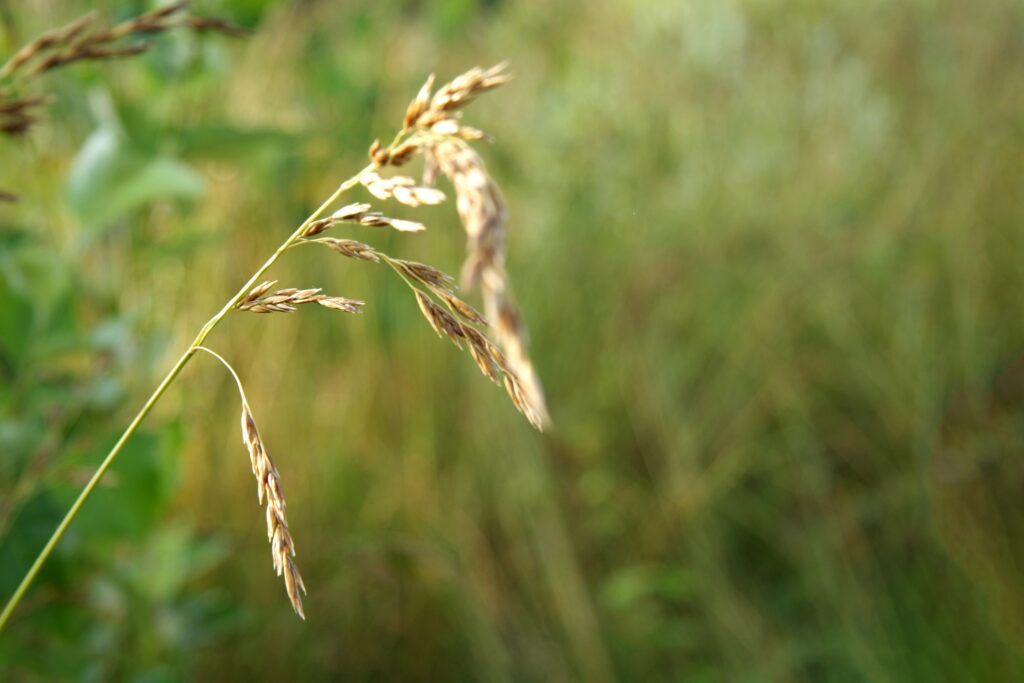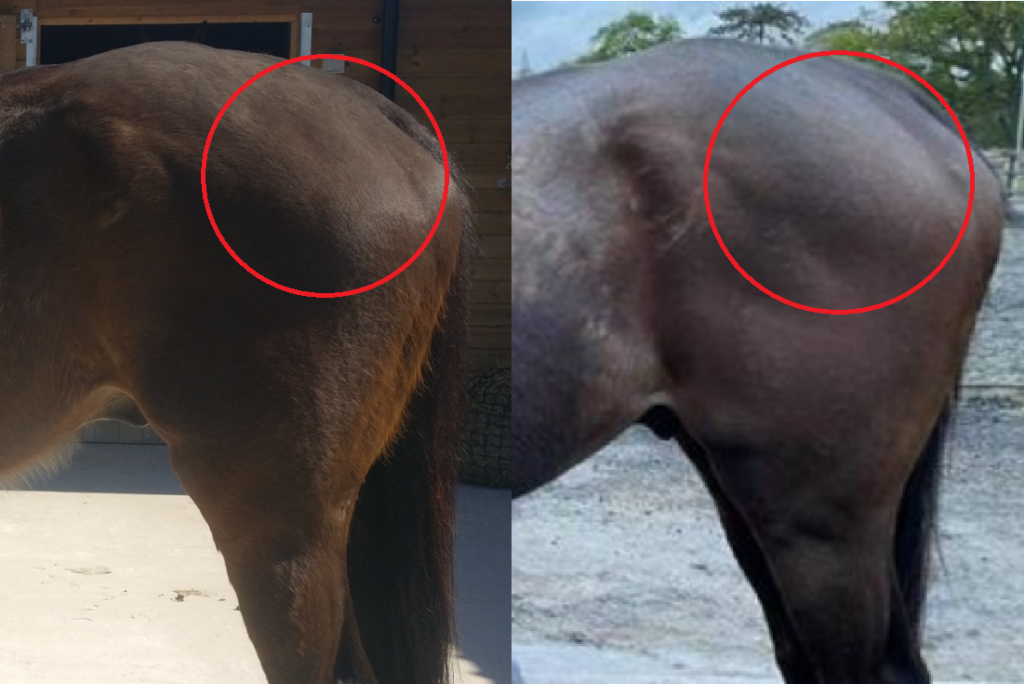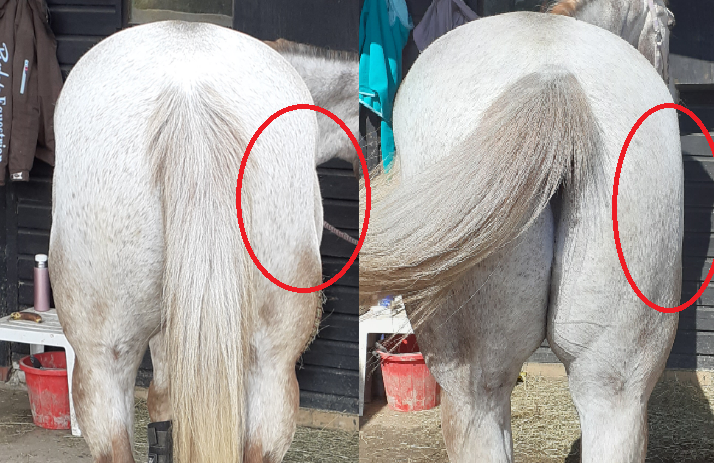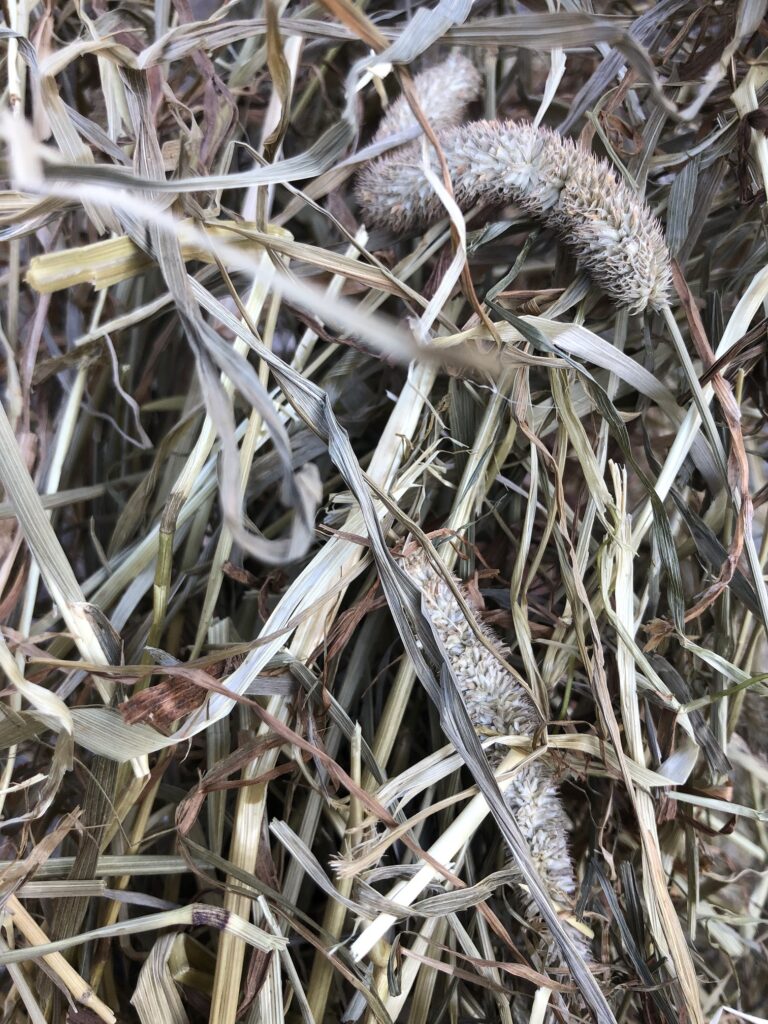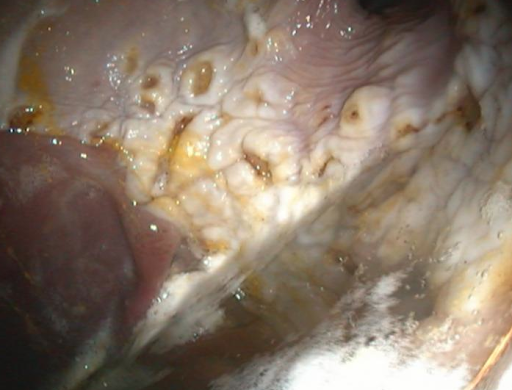
Sarcoids are one of the most common equine skin tumours. They can be difficult to treat, often requiring long, expensive and sometimes painful rounds of surgery and / or chemotherapy. Its no surprise then that horse owners are desperate for an alternative or a miracle cure.
There are anecdotal reports of owners starting a supplement and the sarcoid resolving soon after, much as there are reports of the tumours responding to applications of flour, toothpaste or turmeric. However, it is almost certain that in these cases (usually in young horses) the horse’s own immune system has identified and targeted the tumour, causing spontaneous resolution.
Sadly, as much as we wish there was one, there is no scientific evidence that any nutritional ingredient or supplement has any beneficial effect. Even worse, companies that market nutritional products claiming to treat or ‘manage’ sarcoids may actually cause harm by delaying the correct treatment of the condition by a veterinary surgeon.
However, as with any medical condition, correct nutritional support is essential to ensure that the horse has the tools to support them through any treatment and encourage a healthy immune response. Levels of antioxidants, such as vitamin E, and micronutrients essential to skin health, such as manganese and vitamin B3, are especially important. A nutritional consultation can check these levels and ensure your horse is supported through their treatment.
Sarcoids are a form of skin cancer and require urgent veterinary treatment. Your horse’s diet can and should provide nutritional support but should never be seen as an alternative to therapy.
Derek C. Knottenbelt, (2019) ‘The Equine Sarcoid: Why Are There so Many Treatment Options?’, Veterinary Clinics of North America: Equine Practice, Volume 35, Issue 2, Pages 243-262.
